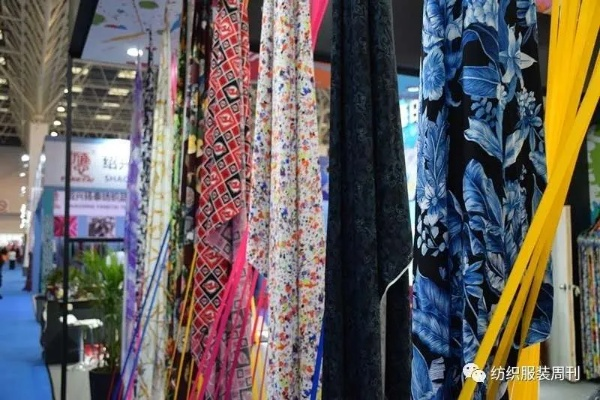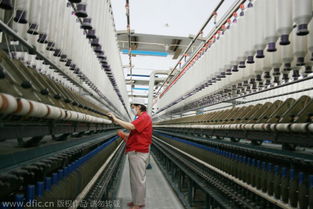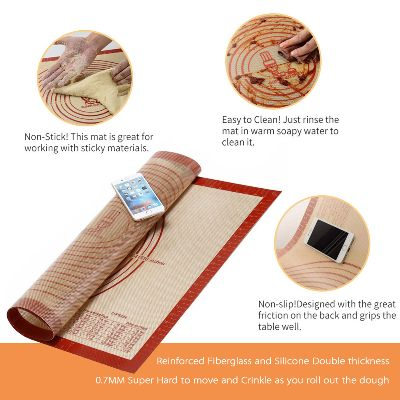The Art of Textile Finishing A Comprehensive Guide to Imagery
Introduction: Textile finishing is an integral part of the manufacturing process that enhances the appearance, durability, and functionality of textile products. It involves a series of treatments applied to fabrics before they are woven, knitted, or printed. These finishes can range from simple coatings and dyeing to complex treatments such as embossing, embroidery, and laminating. In this guide, we will explore some of the most popular textile finishing techniques and provide visual examples to illustrate their applications.
Coatings and Dyes: Coatings are thin layers of material applied to the surface of textiles to protect them from wear and tear, add color, texture, or luster, and improve their performance. Some common coatings include waxes, oils, resins, and latex. Dyes are pigments that impart color to textiles. They can be applied either by dying (dyeing) or by applying dyes directly to the fabric.
Example Table: | Coating/Dye Type | Application | Examples | |-----------------|----------|----------| | Wax | Protection | Silk scarves with wax coating | | Oil | Luster | Linen tablecloths with oil finish | | Resin | Durability | Denim jeans with resin coating | | Latex | Waterproof | Canvas shoes with latex coating |
Embossing: Embossing involves shaping the surface of a textile by pressing it against a die. This technique creates raised patterns on the fabric that give it a three-dimensional look. Embossed textiles are often used in upholstery, home decor, and fashion accessories.
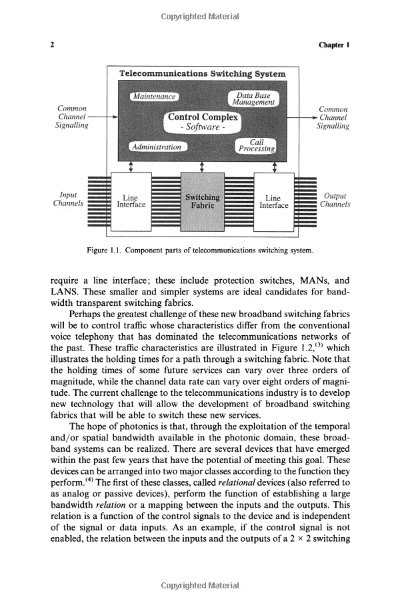
Example Table: | Embossing Technique | Examples | |------------------|---------| | Die-cutting | Upholstery cushions | | Foam embossing | Home decor | | Stamping | Fashion accessories |
Embroidery: Embroidery involves the use of threads or beads to create intricate designs on textiles. It adds a unique pattern and texture to garments, bags, and other accessories. Embroidery can be done manually or by using embroidery machines.
Example Table: | Embroidery Technique | Examples | |------------------|---------| | Hand embroidery | Clothes, bags, hats | | Machine embroidery | Jeans, jackets, shirts |
Laminating: Lamination involves bonding two or more layers of fabric together to create a stronger structure. This technique is commonly used in sportswear, military uniforms, and industrial equipment.
Example Table: | Laminating Technique | Examples | |------------------|---------| | Heat-press lamination | Sportswear, military uniforms | | Steam lamination | Industrial equipment |
Conclusion: Textile finishing is a fascinating field that combines art, science, and engineering to create beautiful and functional textile products. By understanding the different techniques and their applications, we can appreciate the craftsmanship behind our favorite clothing, accessories, and home furnishings. So next time you pick up a piece of clothing or a pair of shoes, take a moment to admire the work that went into creating its unique finish.
在纺织品行业中,整理是提升产品美观度和舒适度的重要环节,本文将通过图片展示纺织品整理的多个实例,帮助大家更好地理解纺织品整理的技巧和方法。
纺织品整理实例图片大全
以下是纺织品整理的多个实例图片,涵盖不同类型和用途的纺织品。
棉质衣物整理

棉质衬衫的整理过程
描述:展示整理棉质衬衫的步骤,包括使用熨烫设备进行熨烫,以及使用柔软剂和防皱剂等整理剂进行整理。
表格补充说明:
| 步骤 | 描述 | 使用工具 |
|---|---|---|
| 整理前准备 | 清洁衣物、去除多余纤维 | 熨烫设备、柔软剂、防皱剂等 |
| 熨烫过程 | 使用高温蒸汽或熨斗进行熨烫,去除褶皱和痕迹 | 无 |
| 整理剂使用 | 使用柔软剂和防皱剂等整理剂,使衣物更加平整、光滑 | 整理剂 |
丝绸衣物整理
丝绸裙子的整理过程
描述:展示丝绸裙子的整理步骤,包括使用柔软剂和防皱剂等整理剂进行整理,以及使用专业的丝绸护理产品进行保养。
表格补充说明:
| 步骤 | 描述 | 使用工具 | 保养产品推荐 |
|---|---|---|---|
| 整理前准备 | 清洁衣物、去除多余纤维和污渍 | 柔软剂、防皱剂等整理剂、丝绸护理产品 | 无 |
| 整理过程 | 使用专业的丝绸护理产品进行保养,如丝绸护理液、丝绸护理巾等 | 无 | 建议选择高品质的丝绸护理产品,并按照产品说明进行操作 |
| 其他注意事项 | 注意温度和湿度,避免阳光直射和潮湿环境 | 无 | 注意保持衣物干燥、避免过度折叠和摩擦等 |
合成纤维衣物整理
合成纤维外套的整理过程
描述:展示合成纤维外套的整理步骤,包括使用整理剂进行整理,以及使用专业的衣物护理产品进行保养。
表格补充说明:
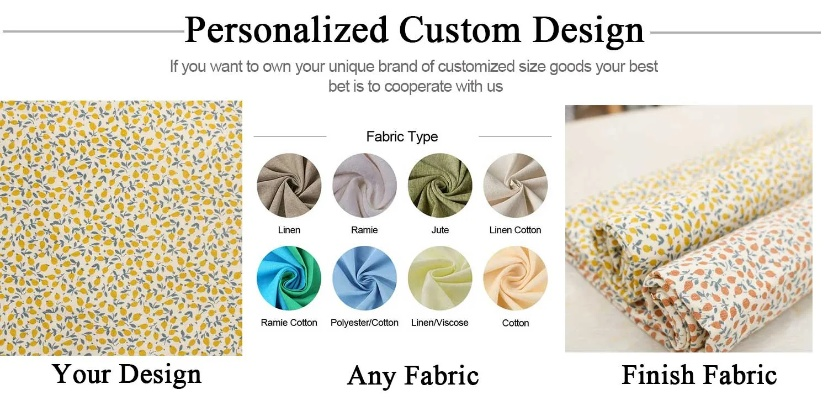
| 步骤 | 描述 | 使用工具 | 保养产品推荐 |
|---|---|---|---|
| 整理前准备 | 检查衣物材质和洗涤情况,选择合适的整理剂和护理产品 | 整理剂、衣物护理产品等 | 根据衣物材质和洗涤情况选择合适的保养产品,并按照产品说明进行操作 |
| 整理过程 | 使用专业的衣物整理设备或手工整理,去除多余纤维和污渍 | 整理设备或手工操作工具等 | 建议选择专业的衣物整理设备或请教专业人士进行操作,并按照设备或产品的使用说明进行操作 |
| 其他注意事项 | 注意温度和湿度,避免阳光直射和潮湿环境,避免过度拉扯和摩擦等 | 无 | 注意保持衣物干燥、避免使用过量整理剂等 |
案例说明(结合具体实例)
以下是一些具体的纺织品整理案例,以帮助大家更好地理解纺织品整理的实际应用。
棉质衬衫的保养与整理
描述:某品牌展示了一款棉质衬衫的保养与整理过程,该衬衫采用了柔软剂和防皱剂进行整理,同时使用了专业的衣物护理产品进行保养,经过整理后,衬衫更加平整、光滑,提升了穿着舒适度和美观度。
表格补充说明:该案例中使用的具体工具和产品包括柔软剂、防皱剂、熨烫设备、丝绸护理液、丝绸护理巾等,通过专业的保养和整理,该衬衫不仅提升了穿着舒适度,还提升了美观度,该品牌还提供了多种保养和护理产品的选择,以满足不同消费者的需求。
合成纤维外套的整理与保养
描述:某品牌展示了一款合成纤维外套的整理与保养过程,该外套采用了专业的衣物整理设备进行整理,同时使用了高品质的合成纤维护理产品进行保养,经过专业的整理和保养后,外套更加平整、光滑,提升了穿着舒适度和美观度,该品牌还提供了多种保养产品的选择,以满足不同消费者的需求。
总结与建议
纺织品整理是提升纺织品美观度和舒适度的重要环节,通过以上实例图片和大纲内容,我们可以看到纺织品整理的方法和技巧多种多样,在实际应用中,可以根据不同类型和用途的纺织品选择合适的整理方法和工具,以达到最佳的整理效果,我们还需要注意保持衣物的干燥、避免过度拉扯和摩擦等注意事项,以确保衣物的使用寿命和质量。
Articles related to the knowledge points of this article:
Textiles and Methyl Ethane Determination Methodology
Navigating the Landscape of Textile New Fabric Trends
The Role of Medical Wearables in Enhancing Healthcare Quality
Navigating the World of Textiles:A Guide to Lanzhong Textile Testing
